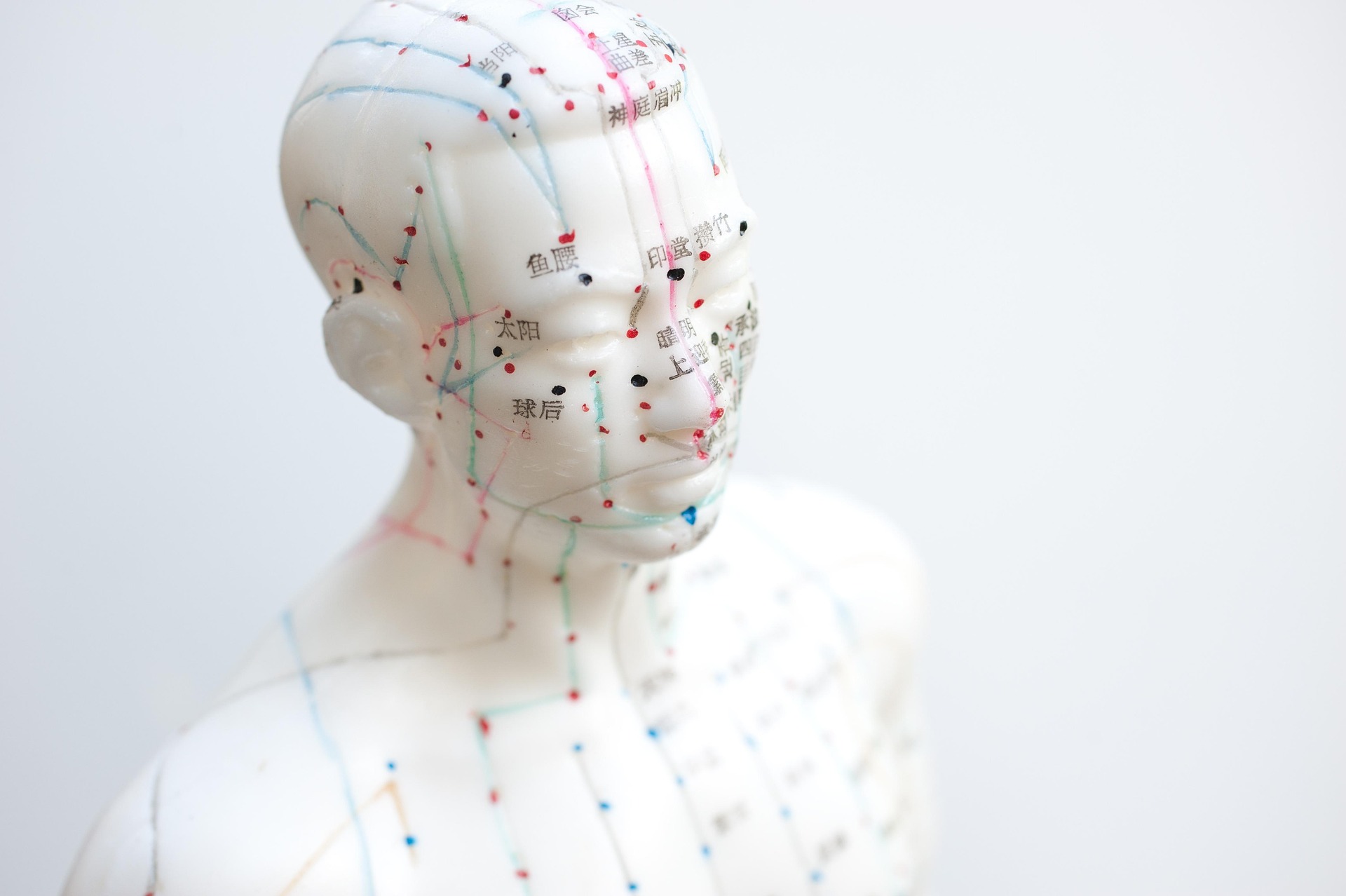Chronoacupuncture: Aligning Ancient Wisdom with Modern Circadian Science
The fusion of traditional Chinese medicine with cutting-edge chronobiology is revolutionizing the way we approach holistic healing. But what if the timing of your acupuncture treatment could significantly enhance its efficacy? Welcome to the world of chronoacupuncture, where ancient wisdom meets modern science to optimize your body's natural rhythms.

The Roots of Chronoacupuncture
Chronoacupuncture’s origins can be traced back to the ancient Chinese medical text, the Huangdi Neijing, or Yellow Emperor’s Classic of Internal Medicine. This seminal work, dating back over 2,000 years, introduced the concept of qi flow through the body’s meridians in accordance with the time of day. Traditional Chinese Medicine (TCM) practitioners believed that each organ system had a two-hour period of peak energy, creating a 24-hour cycle of qi circulation.
Modern chronoacupuncture builds upon this foundation, incorporating contemporary research on circadian rhythms and chronobiology. Scientists have discovered that nearly every cell in our body contains molecular clocks that regulate various physiological processes. These findings have sparked a renewed interest in the potential of timing-based therapies, including acupuncture.
The Science Behind Timing
Chronobiology, the study of biological rhythms, has revealed that our bodies function on intricate timekeepers. These internal clocks influence everything from hormone production and body temperature to immune function and pain perception. Chronoacupuncture seeks to harmonize treatment with these natural rhythms, potentially enhancing the body’s receptivity to healing.
Research has shown that the effectiveness of certain medications and treatments can vary depending on the time of administration. For instance, studies have found that the timing of chemotherapy can impact its efficacy and side effects. Similarly, chronoacupuncture proposes that needle stimulation at specific times may yield more profound results by tapping into the body’s heightened responsiveness during particular circadian phases.
Mapping the Body’s Energy Clock
Chronoacupuncture practitioners use a detailed map of the body’s energy flow throughout the day to guide their treatments. This map, known as the organ clock or circadian acupoint system, assigns two-hour windows of peak activity to different meridians:
-
3-5 AM: Lung Meridian
-
5-7 AM: Large Intestine Meridian
-
7-9 AM: Stomach Meridian
-
9-11 AM: Spleen Meridian
-
11 AM-1 PM: Heart Meridian
-
1-3 PM: Small Intestine Meridian
-
3-5 PM: Bladder Meridian
-
5-7 PM: Kidney Meridian
-
7-9 PM: Pericardium Meridian
-
9-11 PM: Triple Burner Meridian
-
11 PM-1 AM: Gallbladder Meridian
-
1-3 AM: Liver Meridian
By targeting specific acupoints during their corresponding time windows, practitioners aim to amplify the therapeutic effects of acupuncture. For example, treating the Stomach Meridian between 7-9 AM may be particularly beneficial for digestive issues, as this is when the body’s digestive functions are most active.
Clinical Applications and Potential Benefits
Proponents of chronoacupuncture suggest that this time-based approach may enhance the efficacy of treatments for a wide range of conditions, including:
-
Insomnia and sleep disorders
-
Digestive issues
-
Chronic pain
-
Hormonal imbalances
-
Stress and anxiety
-
Jet lag and circadian rhythm disruptions
By aligning acupuncture sessions with the body’s natural energy flow, practitioners aim to restore balance more efficiently and promote faster healing. Some patients report experiencing more immediate and lasting relief when treatments are timed according to chronoacupuncture principles.
Integrating Chronoacupuncture into Modern Healthcare
As interest in integrative medicine grows, chronoacupuncture is gaining attention from researchers and clinicians alike. Several studies have begun to explore the potential benefits of this time-based approach, though more rigorous research is needed to fully validate its efficacy.
Integrating chronoacupuncture into conventional medical settings presents both opportunities and challenges. While the concept of timed treatments aligns well with the growing field of chronotherapy in Western medicine, practical implementation may require adjustments to traditional scheduling practices in healthcare facilities.
Chronoacupuncture Insights
-
The concept of qi flowing through meridians at specific times dates back over two millennia in Chinese medicine
-
Modern chronobiology has identified circadian rhythms in nearly every cell of the human body
-
Targeting acupoints during their peak energy times may enhance the therapeutic effects of acupuncture
-
Chronoacupuncture could potentially improve outcomes for conditions ranging from insomnia to chronic pain
-
Integrating time-based treatments into conventional healthcare settings may require innovative scheduling solutions
As we continue to unravel the complexities of the human body and its intricate rhythms, chronoacupuncture stands at the forefront of a new paradigm in holistic healing. By bridging ancient wisdom with modern scientific understanding, this innovative approach offers a promising avenue for enhancing the already potent effects of traditional acupuncture. As research in this field progresses, chronoacupuncture may well become a cornerstone of personalized, time-optimized healthcare, helping individuals achieve harmony with their natural biological rhythms and unlock new levels of well-being.





